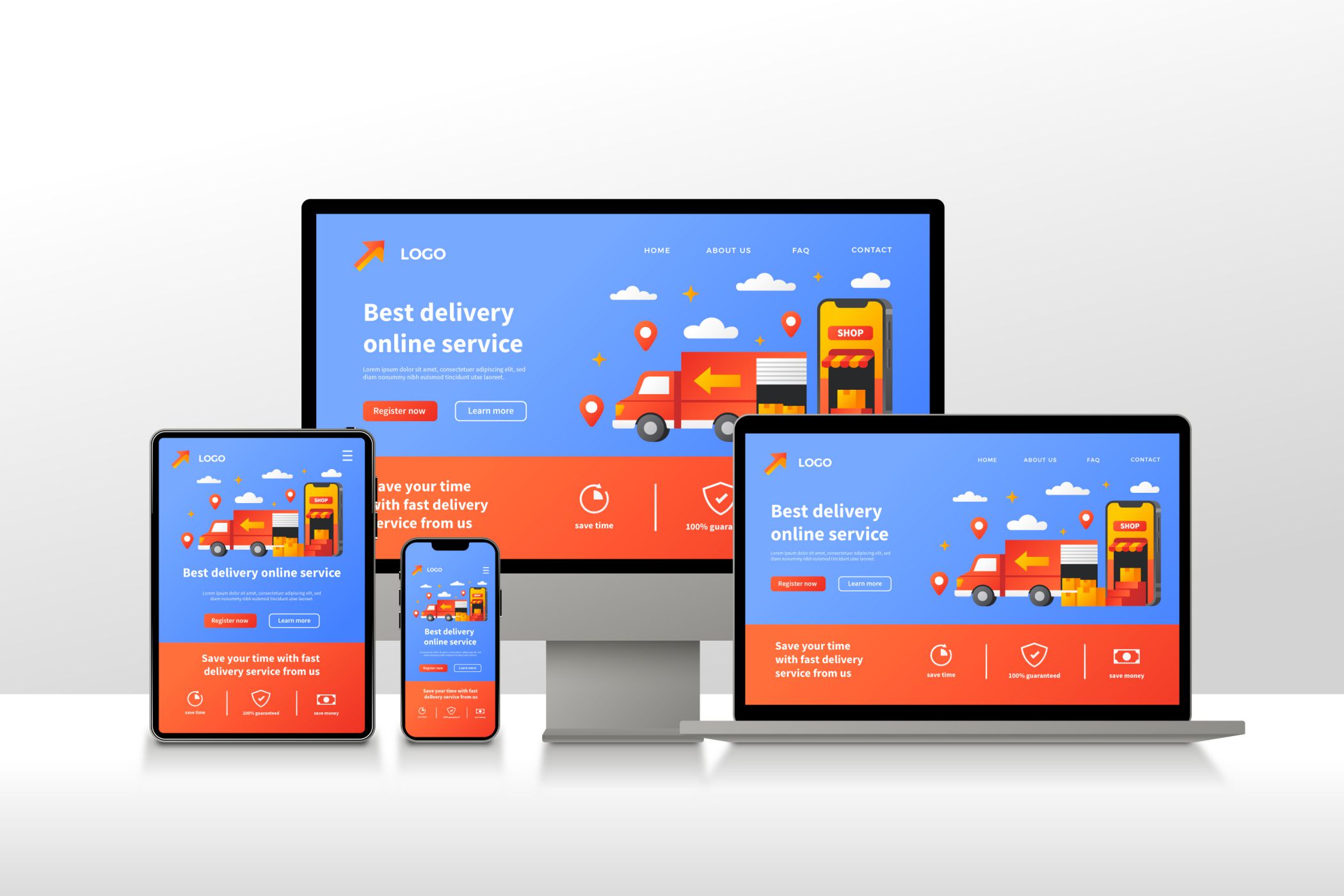In the digital era, your website is often the first point of contact between your business and potential customers. An optimized website can significantly enhance user experience, boost search engine rankings, and increase conversions. But how can you be sure that your website is truly optimized?
A well-optimized website ensures that users can easily navigate and find what they need. This leads to higher engagement and satisfaction. Good UX design is intuitive, responsive, and caters to the needs of your audience.
Search engines favor websites that are fast, mobile-friendly, and rich in valuable content. Optimization helps improve your site’s SEO, making it easier for potential customers to find you online.
An optimized website not only attracts visitors but also converts them into customers. With clear call-to-actions (CTAs), fast loading times, and an appealing design, you can significantly boost your conversion rates.
In a crowded digital marketplace, optimization can give you the edge over competitors. A superior website can establish your brand as credible and trustworthy, helping you stand out.
Key Areas of Website Optimization
Users expect websites to load quickly. Slow load times can lead to higher bounce rates and lost opportunities. We use advanced tools to analyze and enhance your website’s speed, ensuring a seamless experience for your visitors.
With more users accessing the web via mobile devices, having a mobile-friendly website is critical. Our team ensures your site is responsive, providing an optimal viewing experience across all devices.
3. SEO (Search Engine Optimization)
Effective SEO is vital for visibility. We conduct thorough keyword research, optimize on-page elements, and develop high-quality content to improve your site’s ranking on search engines like Google.
We focus on creating an intuitive and engaging user interface. This includes optimizing navigation, improving readability, and ensuring accessibility for all users.
5. Security
Protecting your website and user data is paramount. We implement robust security measures, including SSL certificates and regular updates, to safeguard your site against threats.

